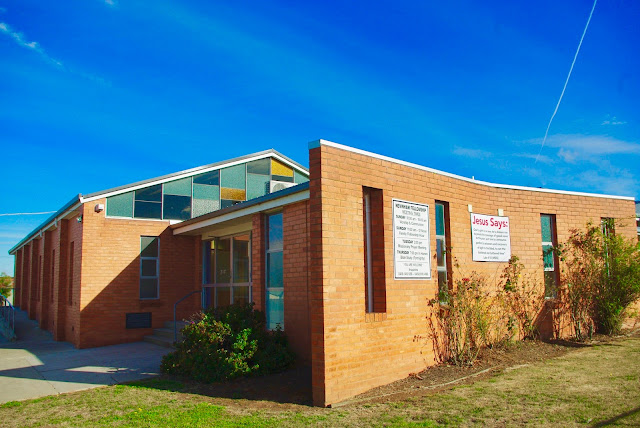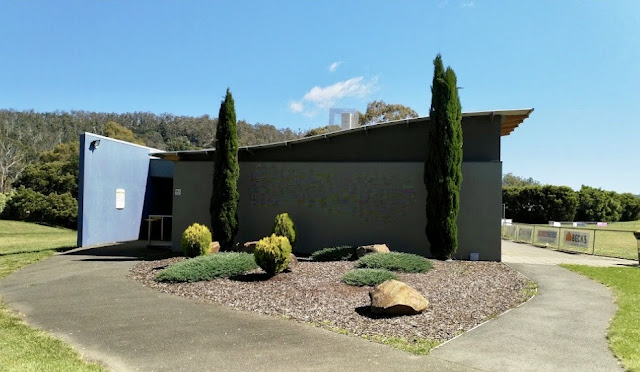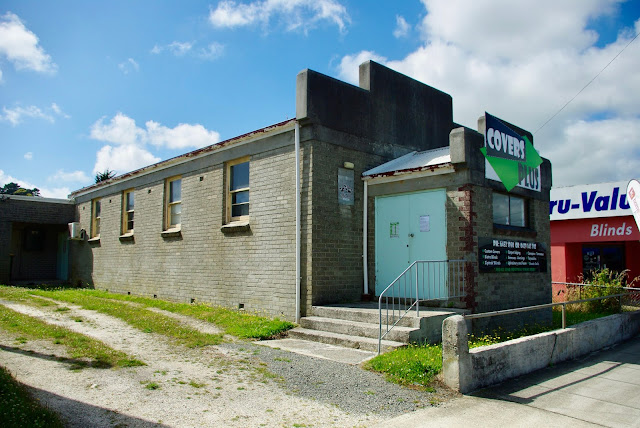No. 1016 - Preolenna Gospel Hall (1924-1994)

Preolenna is a small village at the junction of the Preolenna and Meunna Roads approximately 30 kilometres south of Wynyard. The first grants of land in the district were settled in 1910. In 1917 a tramway was constructed from Flowerdale to Preolenna to facilitate coal mining operations at the coal seams discovered in 1914. Preolenna is an Aboriginal word meaning 'to fetch or to bring’. Preolenna once had Baptist and Methodist communities which gathered for worship in the Preolenna Hall. The only church built at the settlement was a Gospel Hall which was constructed in 1924. In April 1924 the first working bee was held to clear land for the erection of a hall. A tender was for the construction of a building was awarded to Mr J. Sellers Jnr for an amount of £37. The official opening of the hall took place on Wednesday 12 November 1924 with the main speaker being Major Roberts-Thomson of Table Cape. Families associated with the establishment of the church include: Morse; Reeve; Hain...






